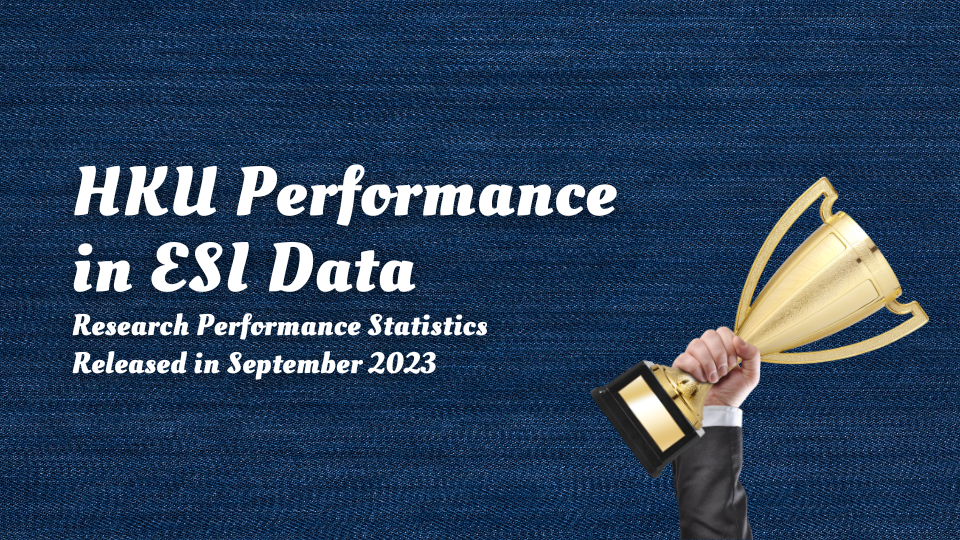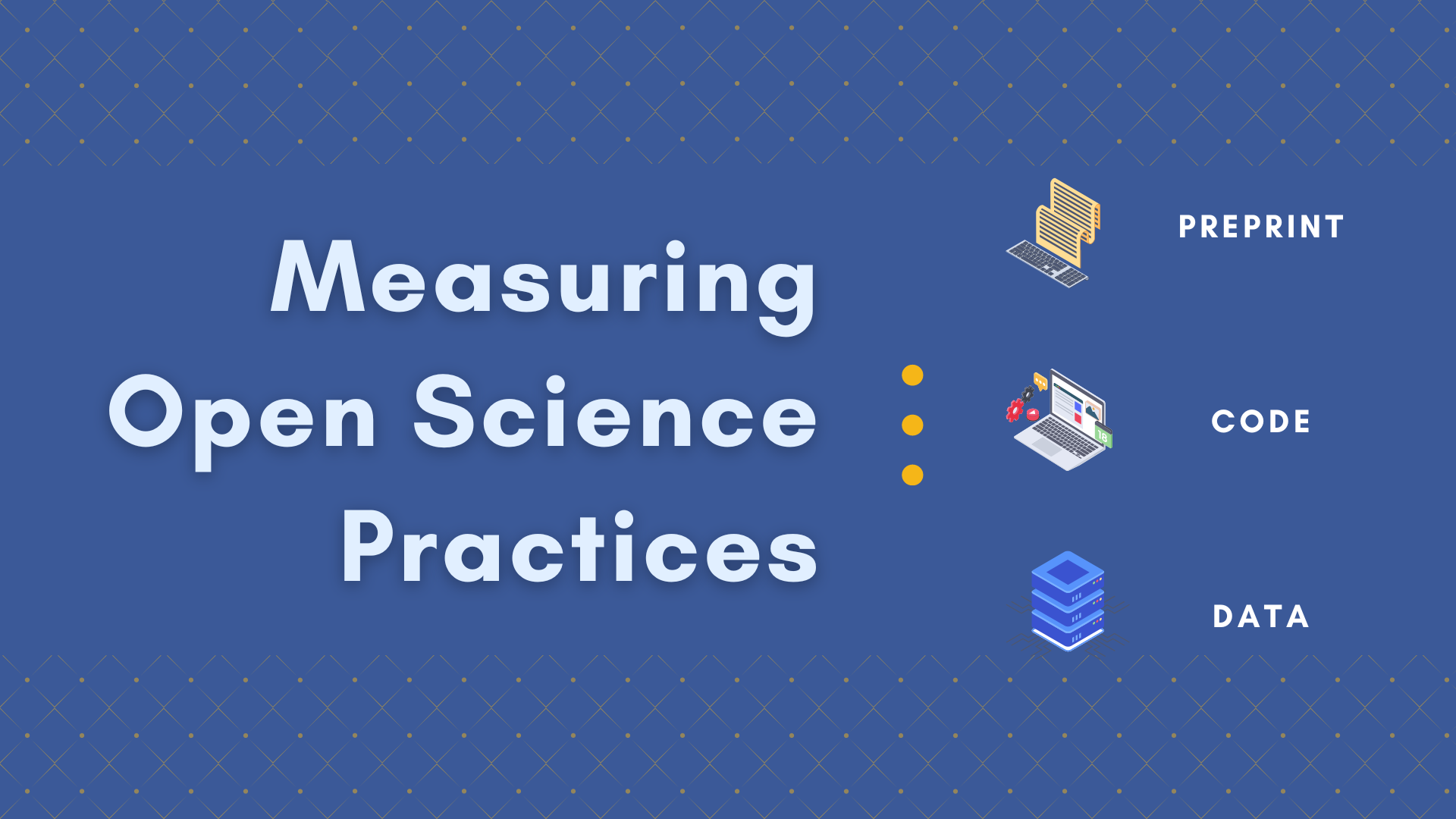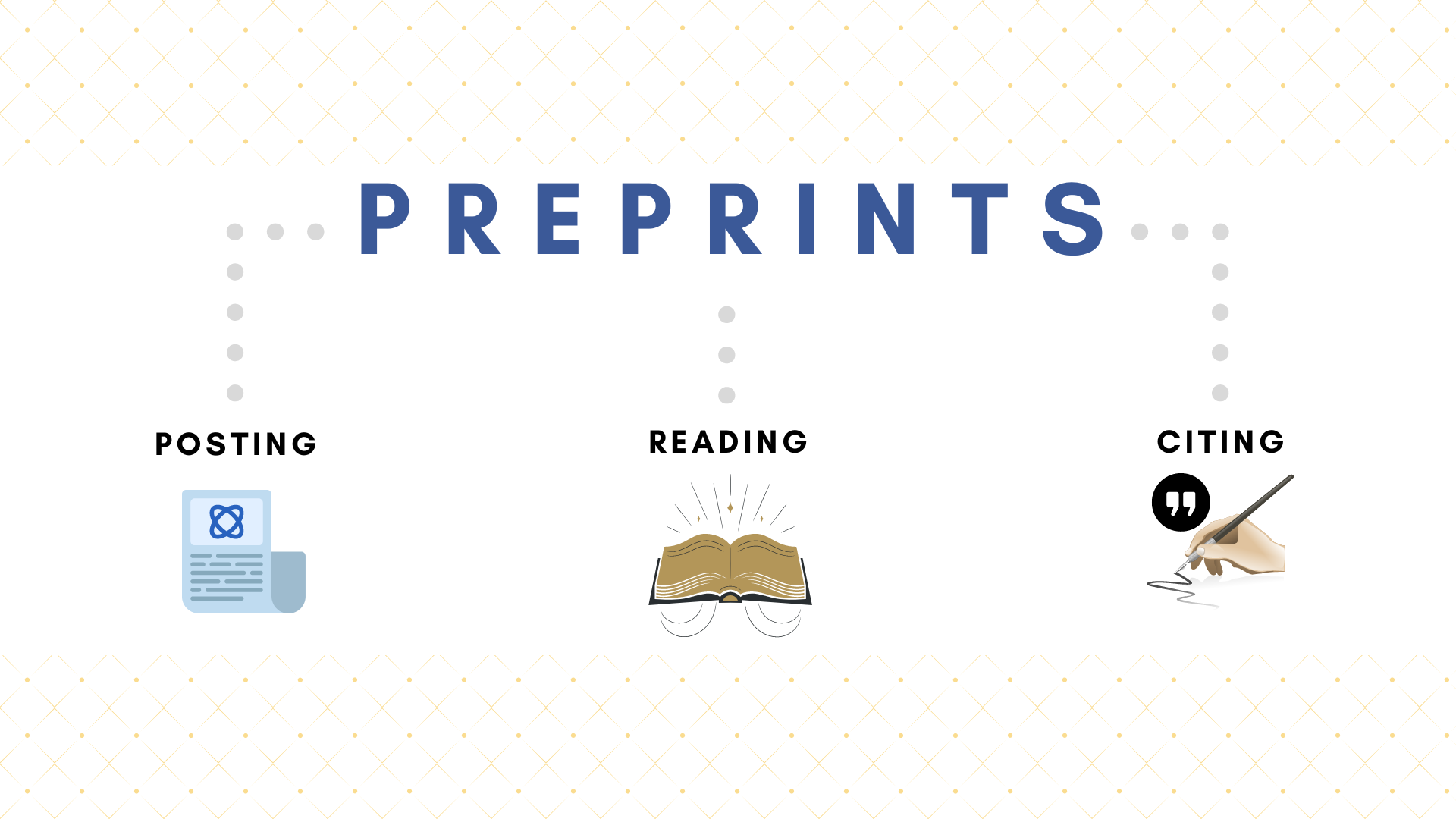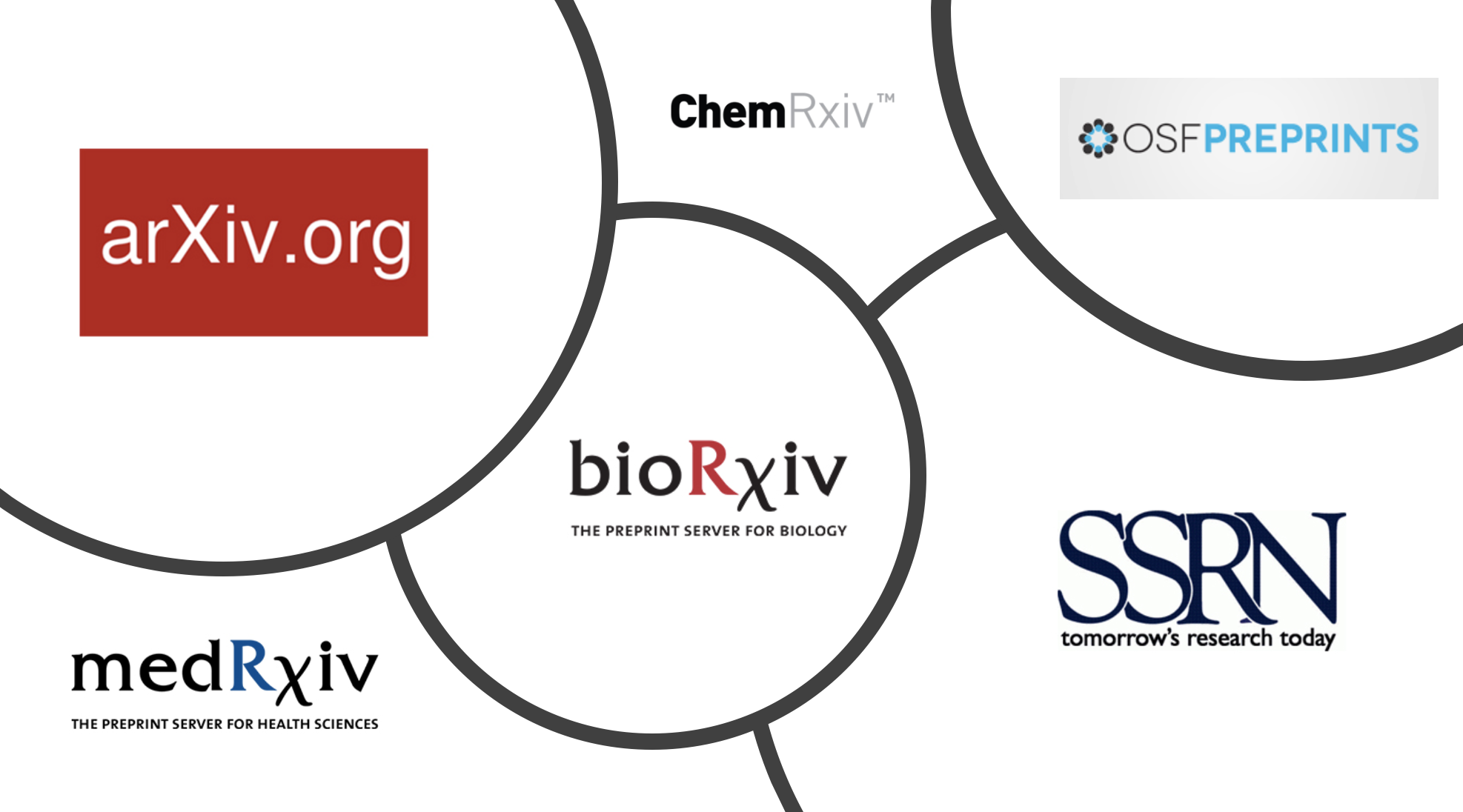Tag: bibliometrics and research impact

HKU Performance in ESI data – Research Performance Statistics Released in September 2023
— by Vivian Qiu 1. Introduction to ESI data Essential Science Indicators (ESI) data are statistical data that help identifying top-performing research and emerging areas of research in science and social sciences based on the Web of Science Core Collection data. ESI surveys more than 11,000 journals across 22 broad disciplines (Essential Science Indicators Help,…
Read More
Beyond citations — Demonstrate your research impact with alternative metrics
— by Fanny Liu Introduction to Altmetrics Alternative metrics (also known as altmetrics) indicate the attention of scientific outputs which are shared, mentioned, and discussed in online environments, which are derived from users’ actions on various social media platforms and other online sources (e.g., Wikipedia) [1]. Altmetric.com is a platform to find altmetrics for research…
Read More
Towards a Framework to Measure Open Science Practices – PLOS Open Science Indicators
— by Fanny Liu Open Science is “transparent and accessible knowledge that is shared and developed through collaborative networks” (Vicente-Saez & Martinez-Fuentes, 2018, p. 434). It encompasses emerging trends such as open code, open data, open access, and more. PLOS (Public Library of Science) is a non-profit, open access publisher in science and medicine, and…
Read More
Top 2% Scientist by Stanford University
— by Florence Ng Stanford University has released a publicly available database of top-cited scientists, the World’s Top 2% Scientists for 2022. The ranking list is created based on the bibliometric information retrieved from Scopus as of 1 September 2022, with the data updated to the end of citation year 2021. The datasets are freely…
Read More
Top HKU Researchers: the Research.com Rankings
— by Florence Ng The University of Hong Kong (HKU) has a highly talented pool of scholars and researchers in a wide range of expertise. Our researchers have built impressive profiles with their innovative, high-impact and leading-edge research, and at the same time, made efforts in transforming their intellectual output into values and benefits to…
Read More
Communicating research impact in academic CVs
— by Fanny Liu CV, an abbreviation for the Latin curriculum vitae, meaning “course of (one’s) life”, presents a detailed summary of academic background and degrees, job experience, research, publications, presentations and lectures, honours, and other accomplishments (Rogers). You may need it for job searching, awards, fellowships, funding applications, tenure review and more. Below are…
Read More
Preprints 2: Concerns and Implications
— by Fanny Liu Following the previous post on introduction and benefits of preprints, this blog post will briefly introduce concerns on preprints and some implications to readers and authors. Missed the previous post? Check the post here. Concern of preprints Quality While preprints play an unprecedented role in promoting timely dissemination of biomedical knowledge…
Read More
Preprints 1: Speed, Readership, and Citation Advantage
— by Fanny Liu This blog post will briefly introduce preprints and their benefits. In the next post, the concerns of preprints and implications to authors and readers will be discussed. Stay tuned! Introduction Preprint is a version of a scholarly paper preceding formal peer review. Since the launch of arXiv (https://arxiv.org/), the very first…
Read More
Know Your Citations Better with Citation Context Analysis
— by Florence Ng Beyond simple counts of citations received by a paper, a novel method for examining impact of a piece of scholarly work—citation context analysis is able to “…help scholars explore and describe—at a specific and detailed level—how important ideas are used by and spread from a source text to subsequent citing works.”…
Read More
Scite Dashboard: Analysis of HKU Publication Citations
— by Florence Ng What is scite? Scite is a platform that helps researchers to better discover and evaluate scientific articles through Smart Citations. By making use of machine learning and its deep learning model, scite accesses full text of the scholarly publications and tells how a publication is being cited by classifying them in…
Read More